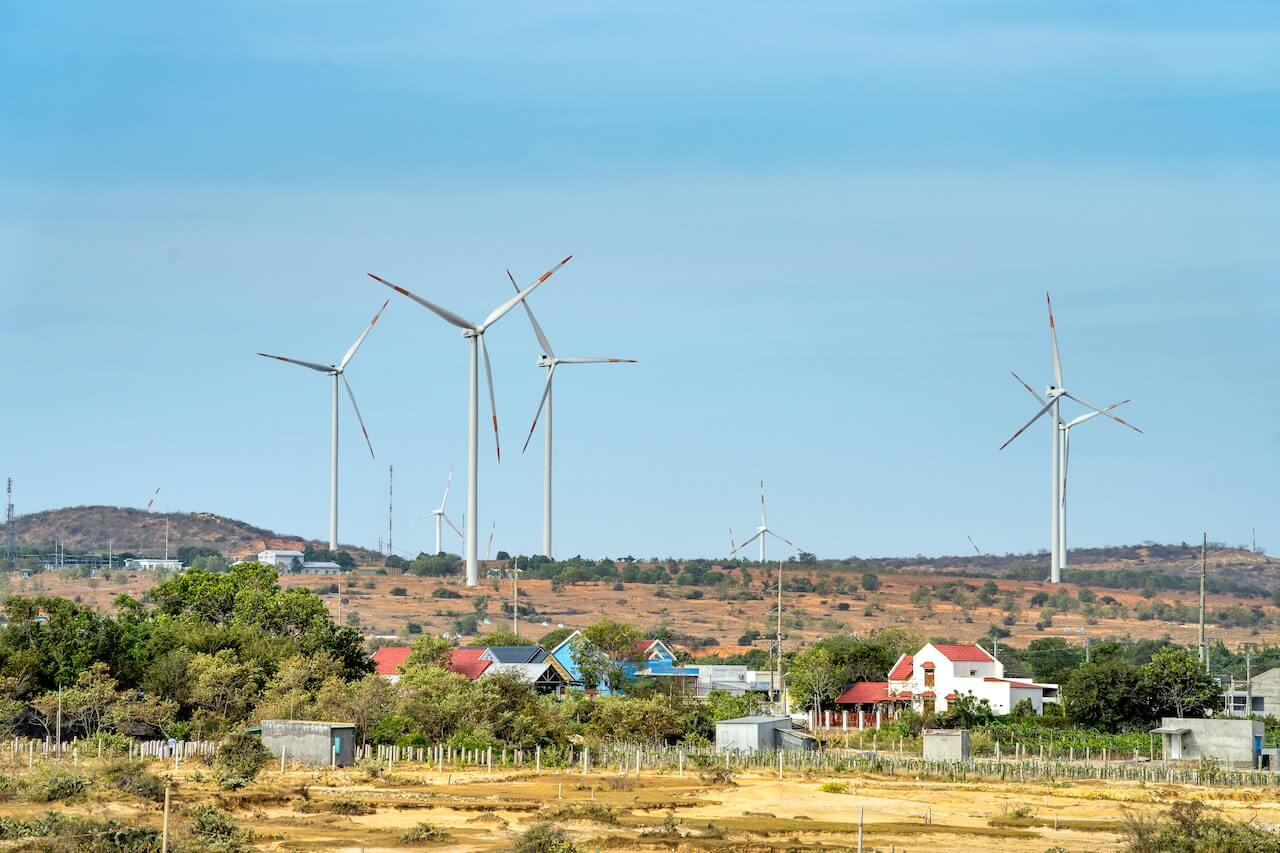
The number of local zoning ordinances governing renewable energy deployment is growing in the United States, according to new research by the U.S. Department of Energy’s National Renewable Energy Laboratory (NREL). The amount of land available to deploy renewables depends on the characteristics of the ordinances.
“It’s important to understand the types of ordinances in effect, specifically setback ordinances, or the required distance from a specific feature like a house,” says Anthony Lopez, lead author of a newly published paper that describes the research. “Setback ordinances determine how much land is available for deployment and how much wind and solar resource we have to decarbonize our energy system.”
The impact of setback ordinances has not traditionally been captured in large-scale resource assessments because it requires highly detailed modeling and hyper-local data. As a result, previous assessments have likely overestimated the amount of land available to renewables and, in turn, underestimated the cost and challenges of achieving high levels of deployment.
State and local zoning laws and ordinances influence how and where a developer can site and deploy new wind and solar projects. For example, ordinances can establish standards for sound limits and setback distances to ensure the well-being of local citizens.
In many places in the United States, zoning ordinances at the county and township level need to be enacted before a large-scale solar or wind facility can be constructed on private land. In these local jurisdictions, decisions are typically made by elected officials following public meetings and input from local citizens and other interested parties.
The NREL study identified 1,853 local wind ordinances in effect during 2022 compared to 286 in 2018. The most common types of ordinances were related to setbacks from structures, roads, and property lines; noise levels; and wind turbine heights. A first-of-its-kind companion survey of regulations related to the development of utility-scale solar identified 839 ordinances in effect during 2022.
“The increase in local zoning ordinances is a sign that the renewable energy industry is maturing,” says Lopez. “Ordinances can provide a structured approach to thoughtfully weave clean energy infrastructure into society and our natural environments.”
Setback distances within the identified zoning ordinances vary considerably across jurisdictions. For wind, the setback is typically determined by a multiplier of the wind turbine’s total heigh; for solar, the setback is typically a fixed distance. Researchers found wind and solar resource could be as much as 87{7bfcd0aebedba9ec56d5615176ab7cebc5409dfb82345290162ba6c44abf8bc8} and 38{7bfcd0aebedba9ec56d5615176ab7cebc5409dfb82345290162ba6c44abf8bc8} lower, respectively, under the strictest setback scenario compared to a baseline that does not account for setback ordinances.
The results indicate that local land use and community considerations play a significant role in U.S. decarbonization and should therefore be accurately reflected in modeling and analysis.
The complete findings of the study appear in the Nature Energy article titled “Impact of Siting Ordinances on Land Availability for Wind and Solar Development.”
Photo by Quang Nguyen Vinh on Pexels.







